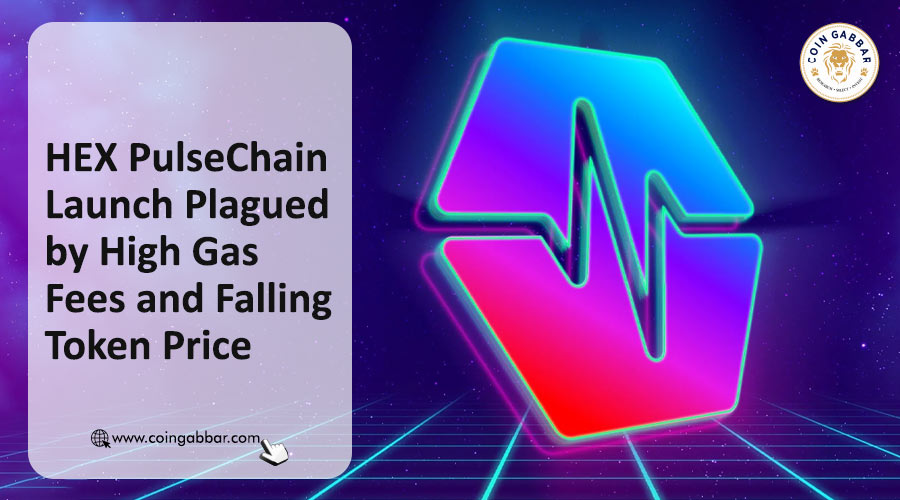
PulseChain, a hard fork of Ethereum, officially launched on May 14. However, the launch was not without its challenges.
Users faced issues with high transaction fees and encountered problems connecting to the HEX ecosystem. PulseChain was anticipated as a potential "Ethereum killer" due to its promise of high throughput and low fees. However, on launch day, network gas fees skyrocketed as demand surged. Some users reported paying exorbitant fees, with screenshots showing fees of around $100. These issues drew criticism, as PulseChain raised $1 billion under the premise of reducing Ethereum fees without relying on Layer 2 solutions.
Eric Wall, a prominent figure in the crypto community, highlighted the lack of scalability upgrades in PulseChain compared to Ethereum's forthcoming upgrade, EIP-4844. He pointed out that PulseChain's decision not to use Layer 2 solutions would result in more complex code and limited scalability.
Richard Heart, the driving force behind PulseChain, defended the gas fees, stating that those willing to pay more would have priority in block inclusion. However, users also reported difficulties connecting PulseChain to the HEX ecosystem, prompting suggestions to reinstall MetaMask or use a different browser.
PulseChain's launch aimed to address the high transaction fees plaguing Ethereum. However, initial feedback indicates that it failed to deliver on this promise. In addition, PulseChain introduced PRC-20 token standards and its own native token, PLS, replacing the popular ERC-20 standards.
The HEX project, associated with Richard Heart, has faced criticism in the past, with accusations of being a Ponzi scheme. As a result, HEX token prices have experienced significant volatility, plummeting 94% from their all-time high. Over the past five days alone, HEX prices have declined by 60%, dropping from $0.08 to $0.03.
Despite the anticipation surrounding the launch and the recent promotion of the PLS airdrop on Twitter, PLS has yet to be listed on major analytics platforms.
In summary, the launch of PulseChain on May 14 encountered challenges related to high transaction fees and connectivity issues with the HEX ecosystem. PulseChain aimed to offer an alternative to Ethereum with improved scalability and lower fees but faced criticism for not utilizing Layer 2 solutions. Additionally, the HEX token experienced a significant decline in price, adding to the project's controversial reputation.
Also read- Chinese Government Backs Blockchain Despite Crypto Ban

Sudeep Saxena is one of the co-founders of Coin Gabbar. Apart from developing the business, he is also a CMA by profession. Sudeep contributes to #TeamGabbar by writing geopolitical blogs.
Sudeep has an extensive experience in the crypto space and intents to build a rich knowledge bank in the form of blogs and articles, that shall develop a basic understanding of the crypto world for any new entrant in the market. When not writing, he can be found reading books.
You can connect with Sudeep on Twitter and LinkedIn.
1 month ago
Cryptocurrency regulation updates
2 years ago
Bitcoin and other crypto investments (FX) can be profitable, mrs_Belinda_ has one of the best investment platform. contact_ BELINDA_GASPARDFX on I_G_, success and profit comes easy in a short term with her top notch investment platform.